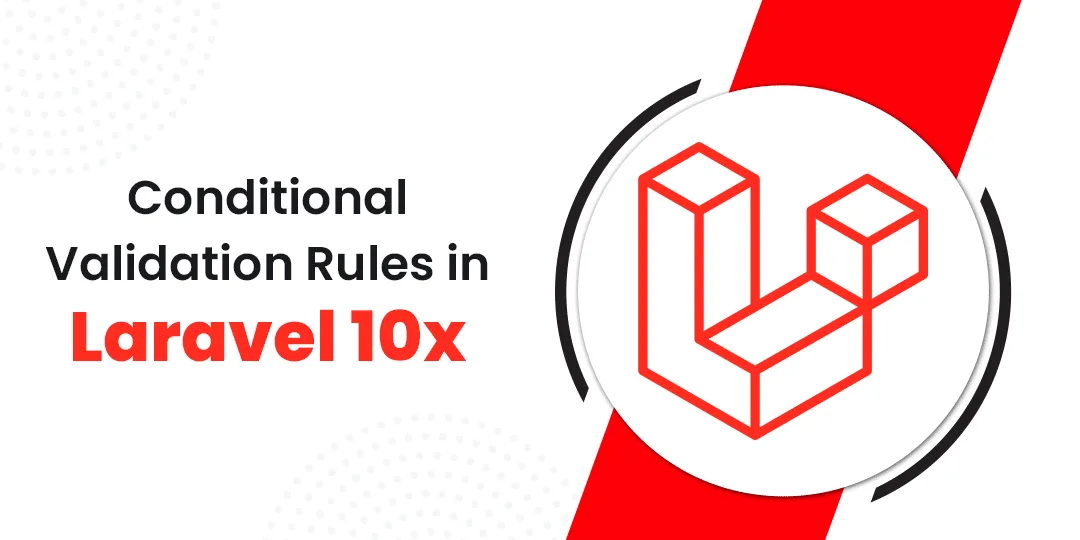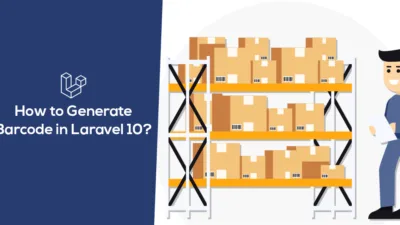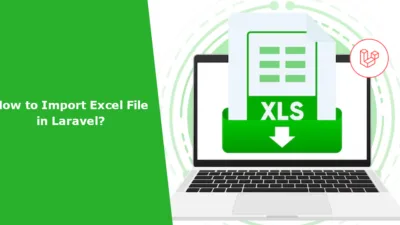Hello Laravel Friends,
One of the most popular PHP frameworks around, Laravel has always turned web development into a gentle breeze. Its most vital feature is the built-in validation system, which could validate data integrity before handling them.
The above validation system has gotten stronger with the version 10x of this web application framework, which had conditional rules for validation at that particular time. These rules allow developers to come up with complex validation logic about different scenarios that are incorporated into your application, thereby being smarter and flexible for more validation.
This tutorial will give a detailed overview regarding Conditional Validation Rules in Laravel 10x with examples.
Understanding Conditional Validation Rules:
Conditional validation has become an amazing feature of value to the developer in Laravel 10x, which lets him apply some conditional validation rules based on his judgment.
This means it allows developers to create logic for specific types of validations based on conditions needed for application development, meaning the outcome could potentially become more efficient by excluding certain checks in validating. It translates into a more versatile, efficient validation situation for developers toward their application.
Learn the basics of Add Form Validation in the Request Controller.
Conditional Validation Rules Implementation Examples:
Let’s explore some scenarios where conditional validation rules in Laravel 10x shine:
1. Dynamic Validation Based on User Roles
So imagine you have an application that has user roles, say “admin,” “user, ” and “manager,” and you’re checking them uniquely based on the role during registration.
public function rules()
{
$rules = [
'name' => 'required|string',
'email' => 'required|email|unique:users,email',
'password' => 'required|min:8',
];
if ($this->input('role') === 'admin') {
$rules['permissions'] = 'required|array';
}
return $rules;
}2. Conditional Validation for Update Requests
Updating the profile of a user may require a different set of validation rules if it is to change the email address or password.
public function rules()
{
return [
'name' => 'required|string',
'email' => 'required|email|unique:users,email,' . auth()->id(),
'password' => auth()->user() ? 'nullable|min:8' : 'required|min:8',
];
}3. Complex Validation Scenarios
It has also included conditional validation rules that cover more complicated scenarios than the verification of inputting against a relationship with many fields.
public function rules()
{
return [
'payment_method' => 'required|string',
'credit_card_number' => 'required_if:payment_method,credit_card|credit_card',
'bank_account_number' => 'required_if:payment_method,bank_transfer|bank_account',
];
}Benefits of Custom Condition Callbacks:
Besides conditional built-in rules, developers will also be presented with possibilities for developing their custom conditional callback in Laravel 10x. Even with it being this flexible, in most complicated validation scenarios, handling may apply in such areas as application personalization for great use with its system.
public function rules()
{
return [
'product_type' => 'required|string',
'product_id' => [
'required',
function ($attribute, $value, $fail) {
if ($this->input('product_type') === 'digital' && !is_numeric($value)) {
$fail('The selected product type requires a valid product ID.');
}
},
],
];
}Conclusion:
Conditional validation rules in Laravel 10x introduce yet another flavor of control and precision into the system of data validation. As a result, you have options to create rules adapting toward a wide range of specific scenarios and can even check for data integrity with clean yet maintainable codebase at the same time. Such advanced features will, ultimately, help you work around complex validation requirements and even manage to build more robust applications for the web.
Hire an experienced Laravel Developers and have an application built with Laravel.
Happy coding!








